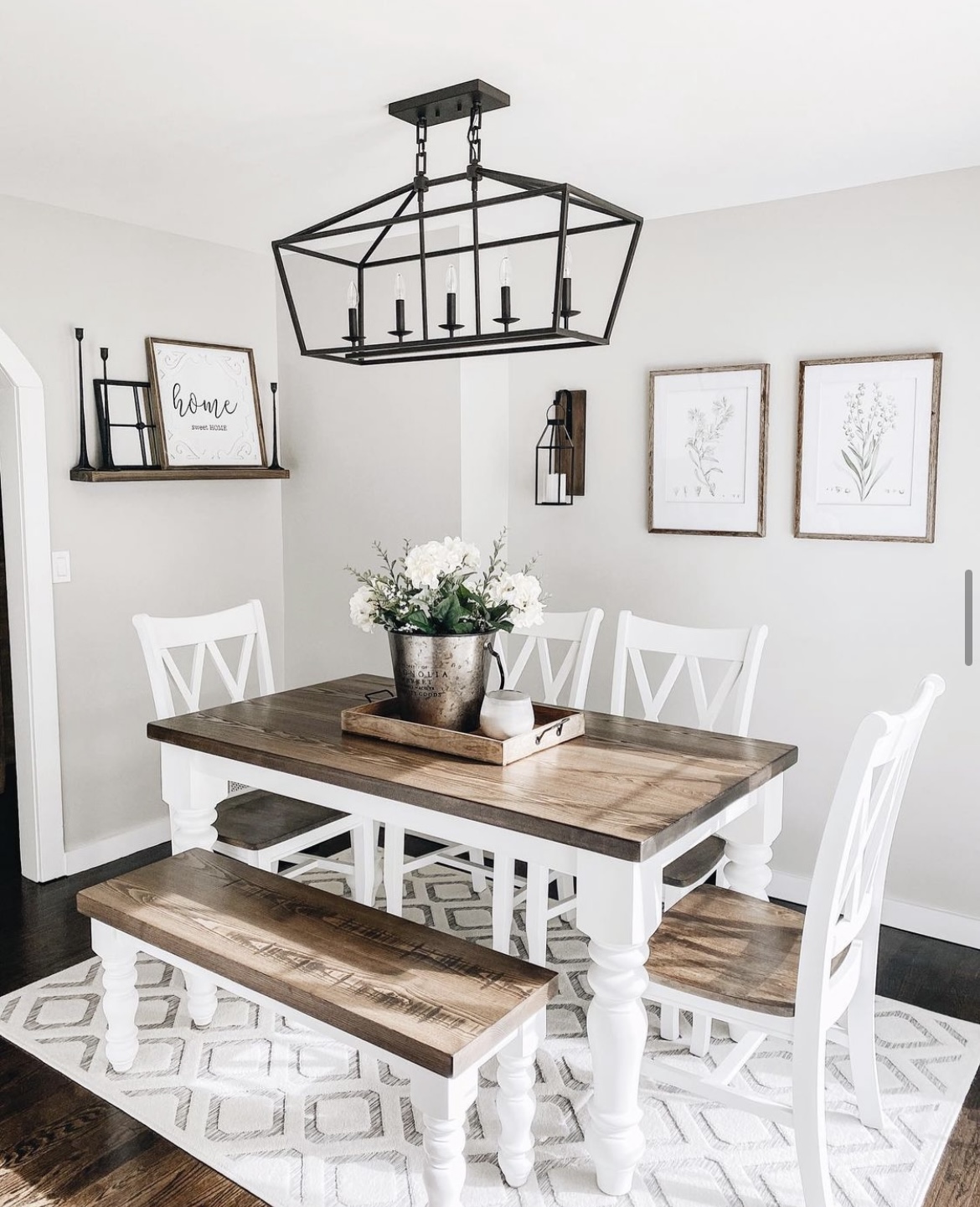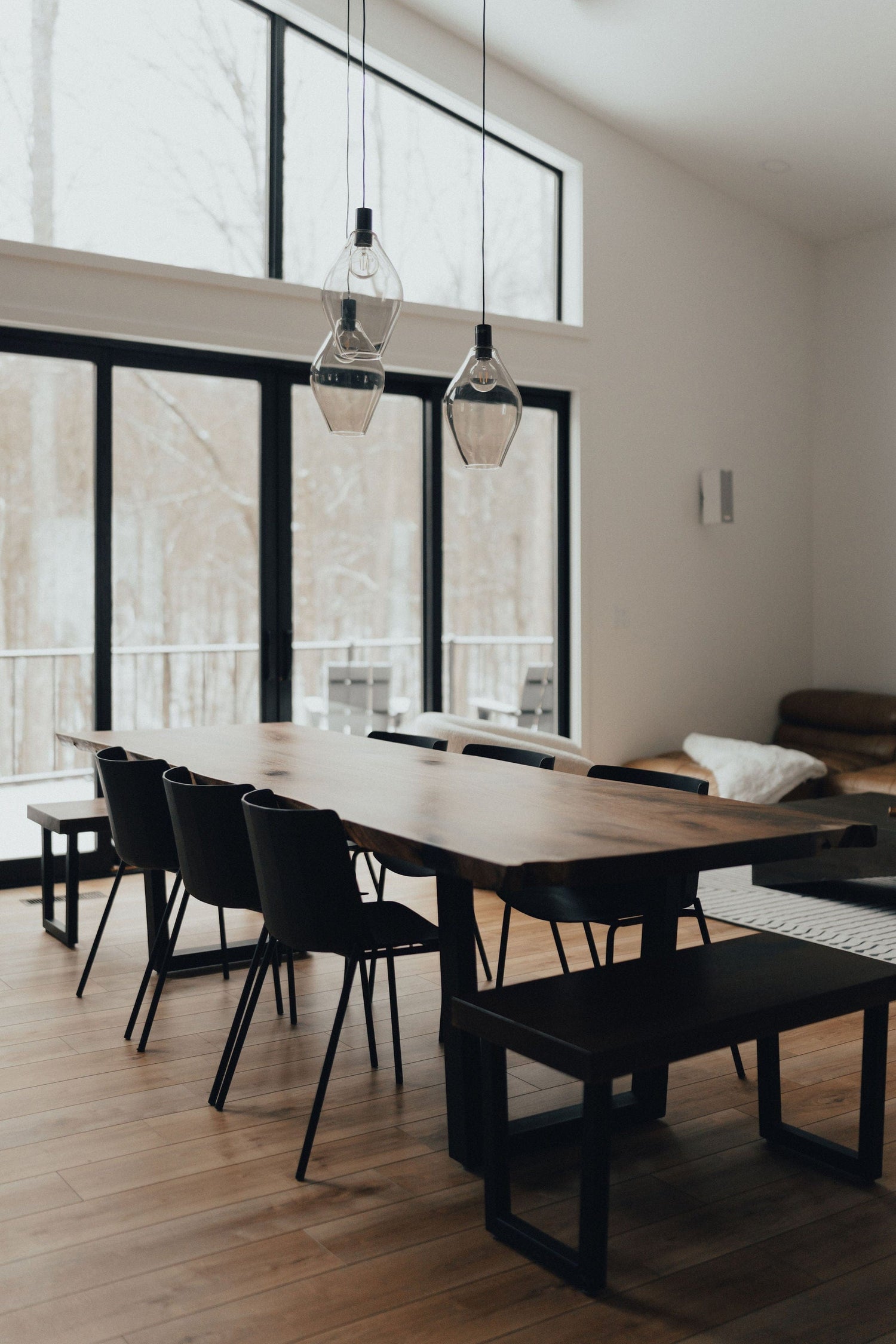Upgrade Your Furniture with Custom Dining Room Table Legs
Upgrade Your Furniture with Custom Dining Room Table Legs
Blog Article
Professional Tips for Installing Eating Space Table Legs for Optimum Stability
When it comes to mounting dining room table legs, attaining optimum security is critical for both functionality and aesthetic appeals. What certain techniques can enhance security even better?
Choose the Right Legs
When picking the proper legs for your dining area table, it is necessary to take into consideration both capability and looks. The legs you choose will considerably influence the overall design and stability of the table. Review the table's planned usage; if you expect constant gatherings, sturdier legs, such as those made from strong wood or steel, might be much more ideal, as they offer boosted longevity and support.
Common dining tables generally range from 28 to 30 inches in height, so make sure the legs align with this criterion for comfort. Tapered legs can include a modern touch, while turned legs could convey a more timeless aesthetic.

Select Appropriate Equipment
How can the appropriate hardware boost the stability and durability of your dining-room table? The choice of appropriate equipment is vital to guaranteeing that the legs of your table are firmly affixed and able to hold up against normal use. High-quality screws, screws, and braces offer the necessary strength to sustain the weight of the table, along with any kind of added tons put upon it throughout meals or gatherings.
When choosing screws, opt for those made from long lasting materials such as stainless steel or brass, which stand up to deterioration and keep honesty gradually. The length of the screws is just as essential; they must permeate deeply into the table's framework without endangering honesty. For bolted connections, take into consideration making use of lock washers to stop loosening up due to vibration or motion.
Additionally, using corner braces can include extra support, especially for bigger tables or those with much heavier tops. These brackets distribute weight equally and aid maintain the table's form. Making certain that the hardware you choose is appropriate for the details products of your table will additionally improve its total stability and longevity, permitting you to appreciate your eating experience for many years to come.
Ensure Appropriate Placement
Correct alignment of eating space table legs is crucial for both visual allure and useful stability. To achieve ideal alignment, begin by determining the range from the table's edges to the leg attachment points.
Use a level during installment to validate that each leg is vertical to the tabletop. It is a good idea to note the wanted leg placements on the bottom of the table with a pencil or concealing tape prior to securing them.
Moreover, double-check the alignment after the initial screws are tightened up, as changes might be needed before completely protecting the hardware. By prioritizing correct alignment, you not just boost the table's total layout yet additionally make certain that it remains useful and stable for many years to find.

Think About Weight Circulation
After making certain correct alignment of the dining-room table legs, it is very important to think about weight distribution to boost security and capability. dining room table legs. Appropriate weight circulation is crucial in avoiding tottering and guaranteeing that the table can support its desired tons without threat of tipping or breaking down
When placing the legs, guarantee they are placed at equal basics distances from the center of the table to evenly distribute the weight throughout the framework. Take into consideration the weight of the tabletop and any items that will regularly rest on it, such as ornamental items or tabletop home appliances. Tables with much heavier surface areas need to preferably have legs positioned closer to the edges, as this maximizes the base of assistance and decreases the danger of instability.
Furthermore, if the table is planned for use in a high-traffic area, consider making use of much heavier materials for the legs or adding maintaining elements, such as cross-bracing or a lower rack - dining room table legs. These modifications can assist preserve equilibrium and avoid moving during usage. Ultimately, a well-considered weight circulation strategy will dramatically enhance the table's general efficiency, ensuring it stays a functional and eye-catching centerpiece for your dining area
Examination Stability Prior To Use
Evaluating the stability of the dining area table before use is an important step that should not be forgotten. If the table shows instability, determine the legs or joints that may need adjustment.
Next, inspect that all screws and bolts are tightened appropriately. Loose connections can cause instability and potential damage over time. If required, use wood glue on joints to boost security, making sure to allow adequate drying out time.

Final Thought
In final thought, the setup of dining-room table legs calls click over here now for careful factor to consider of products, equipment, weight, and alignment circulation to attain maximum security. By picking strong legs and high-grade fasteners, making sure specific placement, and distributing weight equally, the structural integrity of the table can be substantially enhanced. Performing a stability examination prior to normal use further guarantees that the table will certainly endure daily stress, consequently giving a trustworthy and risk-free dining experience.
When it comes dining room table legs to mounting dining area table legs, achieving maximum security is extremely important for both performance and aesthetic appeals. The legs you choose will substantially impact the general layout and stability of the table (dining room table legs). Standard dining tables generally vary from 28 to 30 inches in height, so guarantee the legs align with this standard for convenience.Correct alignment of eating room table legs is essential for both aesthetic appeal and useful stability.In verdict, the setup of dining room table legs needs careful consideration of materials, equipment, placement, and weight distribution to attain maximum security
Report this page